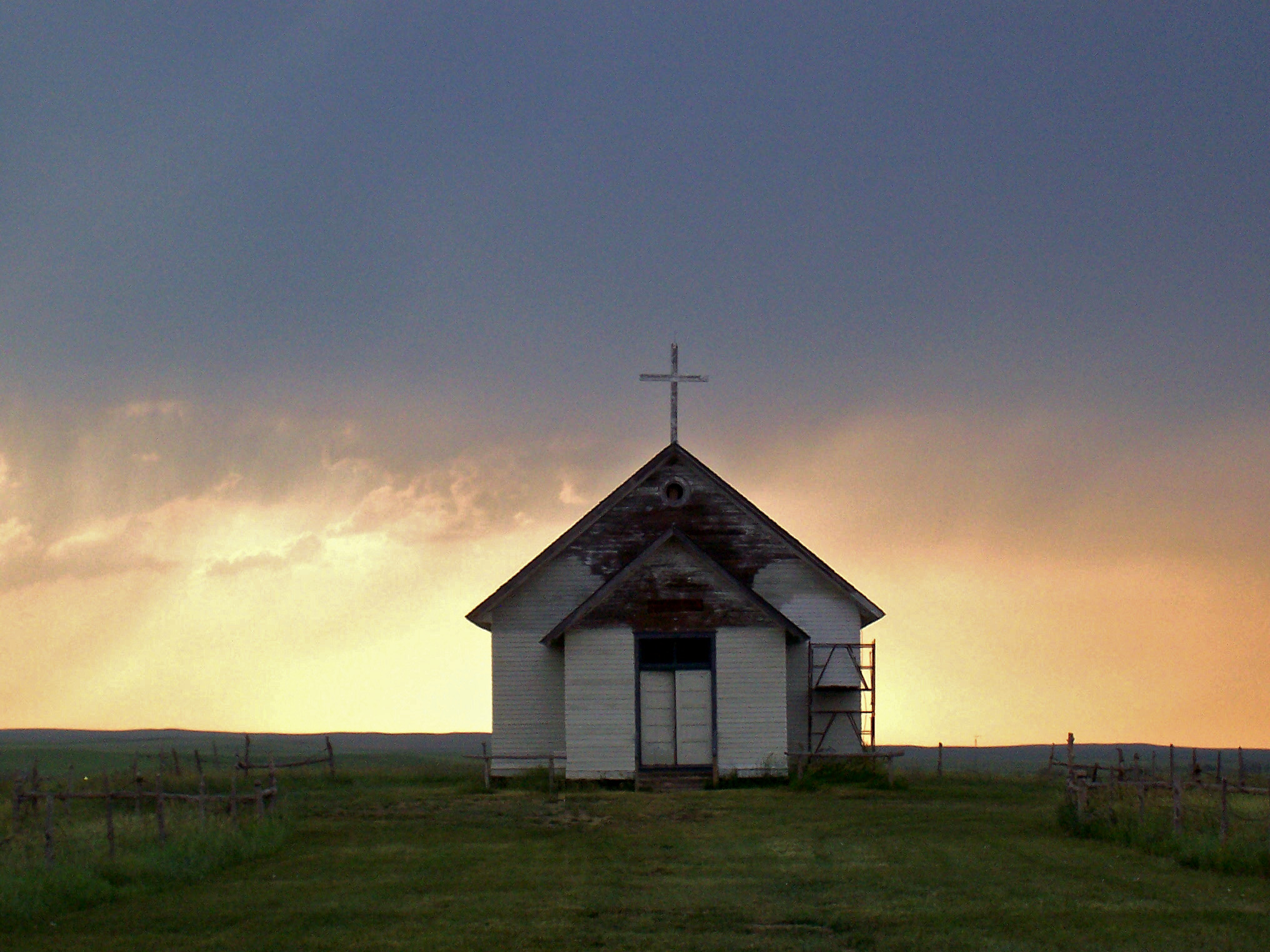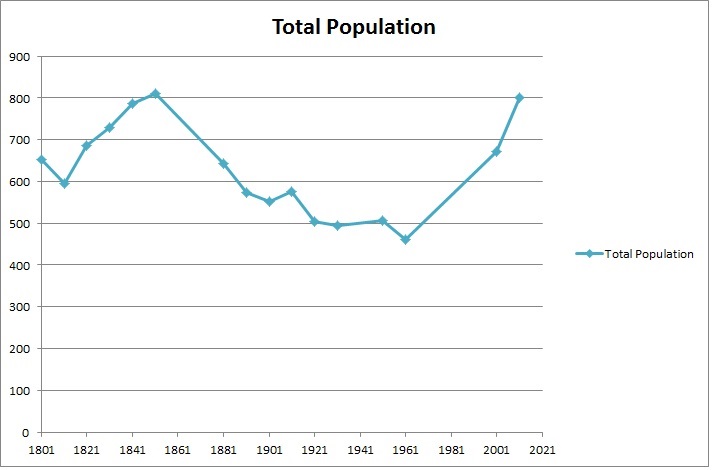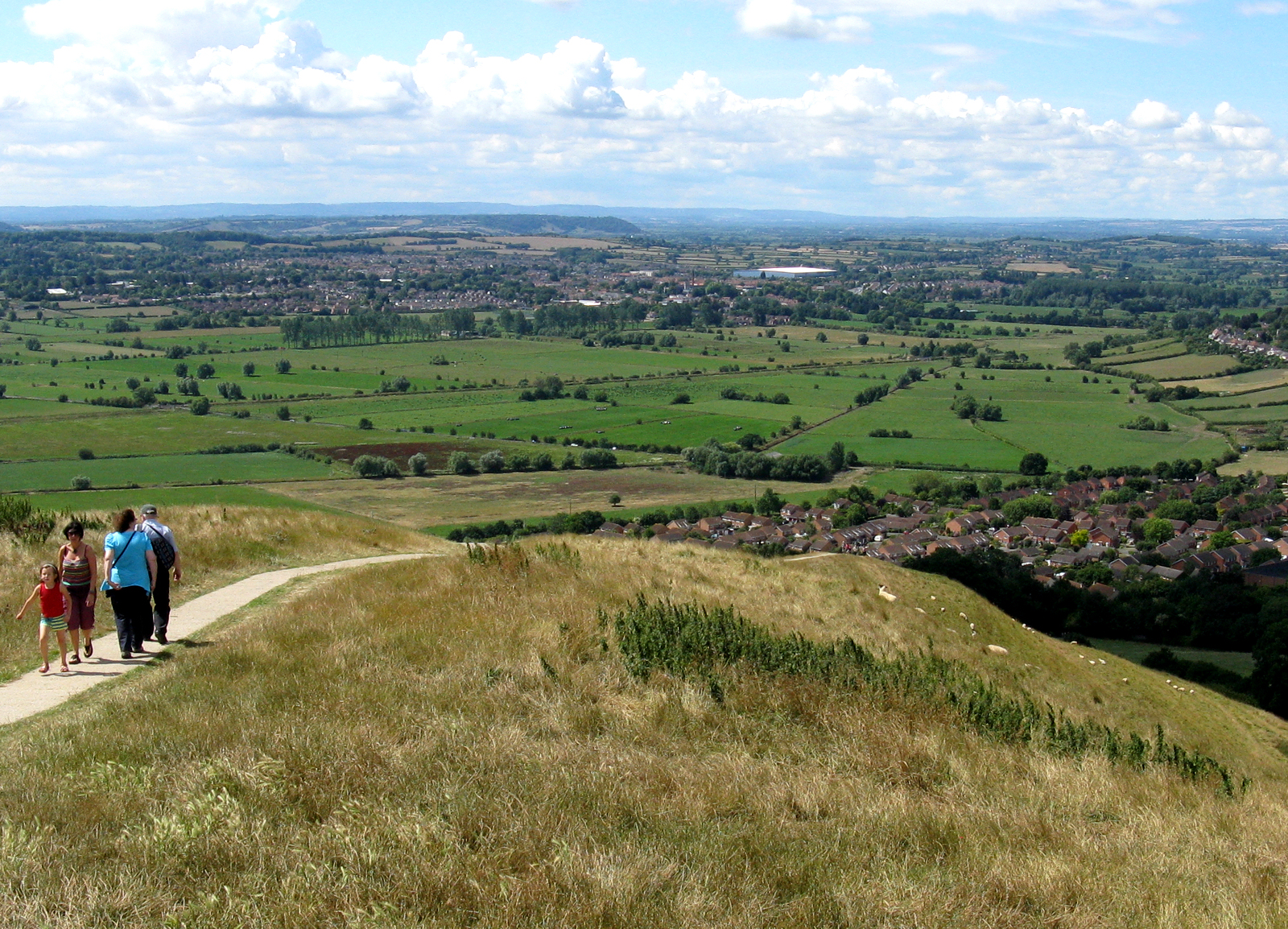|
Colin Campbell (British Priest)
Colin Arthur Fitzgerald Campbell (17 June 1863 – 6 January 1916) was the inaugural Archdeacon of Wisbech. Campbell was the tenth child, and sixth son, of Colonel Sir Edward Campbell, 2nd Baronet and Georgiana Charlotte Theophila, 2nd daughter of Sir Theophilus Metcalfe, 4th Bt. He was educated at Tonbridge School and Clare College, Cambridge. He was a teacher at Spondon School from 1885 to 1889; and Private Secretary to the Governor of South Australia, the Earl of Kintore from 1889 to 1892. He was ordained deacon in 1893 and priest in 1894. After a curacy in Hartlebury he was: Senior Domestic Chaplain to the Archbishop of Canterbury from 1884 to 1886; Private Chaplain to the Lieutenant Governor of the Isle of Man from 1886 to 1893; Rector of Thornham Magna cum Parva from 1895 to 1902; Rector of Street, Somerset from 1902 to 1908; Rector of Worlingworth from 1908–12 (and Rural Dean of Hoxne from 1909 to 1912; and Rector of Feltwell Feltwell is a village which ... [...More Info...] [...Related Items...] OR: [Wikipedia] [Google] [Baidu] |
Archdeacon Of Huntingdon And Wisbech
The Archdeacon of Huntingdon and Wisbech is a senior ecclesiastical officer in the Diocese of Ely. The archdeacon is responsible for some clergy discipline and pastoral care in the Archdeaconry of Huntingdon and Wisbech. History The Archdeaconry of Huntingdon was a part of the Diocese of Lincoln from (at the latest) the early 12th century. As such it is the oldest continually occupied Archdeaconry in England. The archdeaconry was moved to Ely diocese by Order in Council on 30 May 1837. The archdeaconry of Wisbech was created from several deaneries not already in an archdeaconry, by Order in Council on 5 February 1915. , appointments to the Wisbech archdeaconry ceased and Huntingdon archdeaconry was renamed to the present Archdeaconry of Huntingdon and Wisbech. List of archdeacons High Medieval *bef. 1092–1110 (d.): Nicholas ( Archdeacon of Cambridge, Huntingdon and Hertford; also called archdeacon of Lincoln) *bef. 1123–aft. 1156: Henry of Huntingdon *bef. 1166–aft. 1160: ... [...More Info...] [...Related Items...] OR: [Wikipedia] [Google] [Baidu] |
Chaplain
A chaplain is, traditionally, a cleric (such as a Minister (Christianity), minister, priest, pastor, rabbi, purohit, or imam), or a laity, lay representative of a religious tradition, attached to a secularity, secular institution (such as a hospital, prison, Military organization, military unit, intelligence agency, embassy, school, labor union, business, Police, police department, fire department, university, sports club), or a private chapel. Though originally the word ''chaplain'' referred to representatives of the Christian faith, it is now also applied to people of other religions or philosophical traditions, as in the case of chaplains serving with military forces and an increasing number of chaplaincies at U.S. universities. In recent times, many lay people have received professional training in chaplaincy and are now appointed as chaplains in schools, hospitals, companies, universities, prisons and elsewhere to work alongside, or instead of, official members of the clergy ... [...More Info...] [...Related Items...] OR: [Wikipedia] [Google] [Baidu] |
1863 Births
Events January–March * January 1 – Abraham Lincoln signs the Emancipation Proclamation during the third year of the American Civil War, making the abolition of slavery in the Confederate states an official war goal. It proclaims the freedom of 3.1 million of the nation's four million slaves and immediately frees 50,000 of them, with the rest freed as Union armies advance. * January 2 – Lucius Tar Painting Master Company (''Teerfarbenfabrik Meirter Lucius''), predecessor of Hoechst, as a worldwide chemical manufacturing brand, founded in a suburb of Frankfurt am Main, Germany. * January 4 – The New Apostolic Church, a Christian and chiliastic church, is established in Hamburg, Germany. * January 7 – In the Swiss canton of Ticino, the village of Bedretto is partly destroyed and 29 killed, by an avalanche. * January 8 ** The Yorkshire County Cricket Club is founded at the Adelphi Hotel, in Sheffield, England. ** American Civil War – ... [...More Info...] [...Related Items...] OR: [Wikipedia] [Google] [Baidu] |
James Herbert Srawley
James Herbert Srawley (1868–1954) was Archdeacon of Wisbech from 1916 to 1923. Srawley was educated at King Edward's School, Birmingham and Gonville and Caius College, Cambridge and ordained Deacon in 1893 and Priest in 1894. After a curacy at St Matthew's Church, Walsall he was Vice-Principal of Lichfield Theological College then a Lecturer at Selwyn College, Cambridge. He was Rector of Weeting from 1912 to 1919; Vicar of Sutton-in-the-Isle from 1919 to 1924; and Canon Residentiary and Chancellor of Lincoln Cathedral from 1924 to 1947; and Prebendary of Heydour-cum-Walton from 1930. A noted author on religious subjects, he died on 6 January 1954.Ecclesiastical news The Times ''The Times'' is a British daily national newspaper based in London. It began in 1785 under the title ''The Daily Universal Register'', adopting its current name on 1 January 1788. ''The Times'' and its sister paper ''The Sunday Times'' (fou ... (London, England), Thursday, 7 January 1954; p ... [...More Info...] [...Related Items...] OR: [Wikipedia] [Google] [Baidu] |
Feltwell
Feltwell is a village which holds an RAF base 10 miles (16 km) west of Thetford, Norfolk, England, and is in the borough of King's Lynn and West Norfolk. Landmarks and facilities Feltwell has the largest area of any parish in Norfolk. It is a thriving community. The village has a large modern primary school which was originally built during the post WW2 building period to cope with the 1946-48 "baby-boom". The original school buildings are of late Victorian era mock perpendicular flint-faced single-storey buildings, which catered for all age groups on either side of Long Beck Road. Because of its size it is well provided with amenities. In addition to a general practice surgery and attached pharmacy there are a vet's surgery, a garage / service station, two convenience stores, a hairdressers, a card and gift store, a Chinese takeaway, a traditional fish & chip shop, a gymnasium, a secondhand goods yard and a number of small businesses clustered in what used to be a snooke ... [...More Info...] [...Related Items...] OR: [Wikipedia] [Google] [Baidu] |
Hoxne
Hoxne ( ) is a village in the Mid Suffolk district of Suffolk, England, about five miles (8 km) east-southeast of Diss, Norfolk and south of the River Waveney. The parish is irregularly shaped, covering the villages of Hoxne, Cross Street and Heckfield Green, with a 'tongue' extending southwards to take in part of the former RAF Horham airfield. In geology, Hoxne gives its name to the Hoxnian Stage, a British regional subdivision of the Pleistocene Epoch. Overview The area around the village is of significant archaeological importance, as the find-spot of the Hoxne Hoard of Roman treasure, very early finds of handaxesFrere, John: , in ''Archaeologia,'' v. 13 (London, 1800): 204-205 and as the type site for the Hoxnian Stage ("Hoxnian Interglacial"). In 1797, John Frere (1740-1807) found flint hand tools twelve feet deep in Hoxne Brick Pit, and he was the first person to recognise ancient tools as being man-made. One of his hand axes is in the British Museum. His letter ... [...More Info...] [...Related Items...] OR: [Wikipedia] [Google] [Baidu] |
Rural Dean
In the Roman Catholic Church and the Anglican Communion as well as some Lutheran denominations, a rural dean is a member of clergy who presides over a "rural deanery" (often referred to as a deanery); "ruridecanal" is the corresponding adjective. In some Church of England dioceses rural deans have been formally renamed as area deans. Origins The title "dean" (Latin ''decanus'') may derive from the custom of dividing a hundred into ten tithings, not least as rural deaneries originally corresponded with wapentakes, hundreds, commotes or cantrefi in Wales. Many rural deaneries retain these ancient names.Cross, F. L., ed. (1957) ''The Oxford Dictionary of the Christian Church''. London: Oxford University Press; p. 1188. The first mention of rural deans comes from a law made by Edward the Confessor, which refers to the rural dean being appointed by the bishop "to have the inspection of clergy and people from within the district to which he was incumbent... to which end ehad power to ... [...More Info...] [...Related Items...] OR: [Wikipedia] [Google] [Baidu] |
Worlingworth
Worlingworth is a village and civil parish in the Mid Suffolk district of Suffolk in eastern England, located around ten miles south-east of Diss. In 2011 it had a total population of 802 people. The village has a primary school called Worlingworth CEVC Primary School. The school was judged by Ofsted to be 'Outstanding' in all areas in March 2016. The school's motto is "Cherish All, Achieve Together". The local church of St. Mary is a grade I listed building and the chancel, the oldest surviving part, dates to the late 13th century. Between 1908 and 1952 the village was served by Worlingworth railway station on the Mid-Suffolk Light Railway. History In Old English, the meaning of Worlingworth is an 'enclosure of the followers of Wilhere'. Broken down, 'Wilhere' is a personal name, '-ingas' means 'the people of' or 'the people called after' and 'worð' is for 'an enclosure'. The Domesday book states Worlingworth to be "quite large", with a population of 32 households, made up ... [...More Info...] [...Related Items...] OR: [Wikipedia] [Google] [Baidu] |
Street, Somerset
Street is a large village and civil parish in Somerset, England, with a population of 11,805 in 2011. On a dry spot in the Somerset Levels, at the end of the Polden Hills, it is south-west of Glastonbury. There is evidence of Roman occupation. Much of the history of the village is dominated by Glastonbury Abbey, and a 12th-century causeway from Glastonbury built to transport local Blue Lias stone to it. The Society of Friends was established there by the mid-17th century. One Quaker family, the Clarks, started a business in sheepskin rugs, woollen slippers and, later, boots and shoes. This became C&J Clark which still has its headquarters in Street. In 1993, redundant factory buildings were converted to form Clarks Village, the first purpose-built factory outlet in the United Kingdom. The Shoe Museum provides information about the history of Clarks and footwear manufacture in general. The Clark family's former mansion and its estate at the edge of the village are now owned ... [...More Info...] [...Related Items...] OR: [Wikipedia] [Google] [Baidu] |
Yorkshire Herald
The newspapers of Yorkshire have a long history, stretching back to the 18th century. Regional newspapers have enjoyed varying fortunes, reflected in the large number of now-defunct papers from Yorkshire. Existing newspapers Daily newspapers *''Bradford Telegraph & Argus'' *'' Huddersfield Daily Examiner'' *''Halifax Courier'' *'' Hull Daily Mail'' *''Sheffield Star'' (Sheffield and South Yorkshire) *''The Press (York)'' (York and North Yorkshire) *''Yorkshire Evening Post'' (Leeds and West Yorkshire) *''Yorkshire Post'' Weekly newspapers *''Barnsley Chronicle'' *''Bridlington Free Press'' *''Craven Herald & Pioneer'' *''Doncaster Free Press''Easingwold Advertiser*''Harrogate Advertiser'' *'' Keighley News'' *'' Knaresborough Post'' *'' Nidderdale Herald'' *'' Pocklington Post'' *'' Ripon Gazette' *'' Rotherham Advertiser'' *'' Scarborough News'' *''Sheffield Telegraph' *''Wetherby News'' *''Wharfedale & Airedale Observer'' *''Whitby Gazette'' Monthly newspapers *''The City ... [...More Info...] [...Related Items...] OR: [Wikipedia] [Google] [Baidu] |
Thornham Parva
Thornham Parva is a village and civil parish in the Mid Suffolk district of Suffolk in eastern England. Located to the north of sister village Thornham Magna and around five miles south of Diss, in 2005 its population was 50. By the time of the 2011 Census populations of less than 100 were not maintained separately and this village was included in the population of Thornham Magna. St Mary's Church The small, thatched St Mary's Church is a Grade I listed building. It has early 14th-century wall paintings, on the south wall, the early years of Christ and on the north wall, the martyrdom of St Edmund. There is a circular window in the west wall of the nave that is said to be late Anglo-Saxon as well as the famous retable. Architect Basil Spence died in 1976 at his home at Yaxley, Suffolk and was buried at Thornham Parva. The graves of Dame Anne Warburton, the first female British ambassador, and the violinist, Frederick Grinke, also lie within the churchyard. Thornham Parva Retab ... [...More Info...] [...Related Items...] OR: [Wikipedia] [Google] [Baidu] |
Thornham Magna
Thornham Magna is the larger sister village of Thornham Parva on the former estate of Thornham Hall, the Henniker family seat, in Suffolk. It is about from Eye and close to the A140 road from Norwich to Ipswich. The two villages, both mentioned in ''Magna Carta'', are a mile or two apart in an area of mostly arable farming and cattle grazing on the water meadows through which the River Dove flows. Their combined population was approximately 170 in 2001, 210 in 2011. left, The Four Horseshoes, 2006 Thornham Magna has several oak-beamed, thatched Tudor houses, a forge workshop, and a village hall. The Four Horseshoes pub is grade II* listed; the building dates to the 15th century. The village church, St Mary Magdalene, was the Henniker family church. Originally built in the 14th century to replace a 12th-century church, with a Decorated chancel and Perpendicular additions and a green man carved above the porch entrance, it was extensively remodelled in the 1850s in Victori ... [...More Info...] [...Related Items...] OR: [Wikipedia] [Google] [Baidu] |






